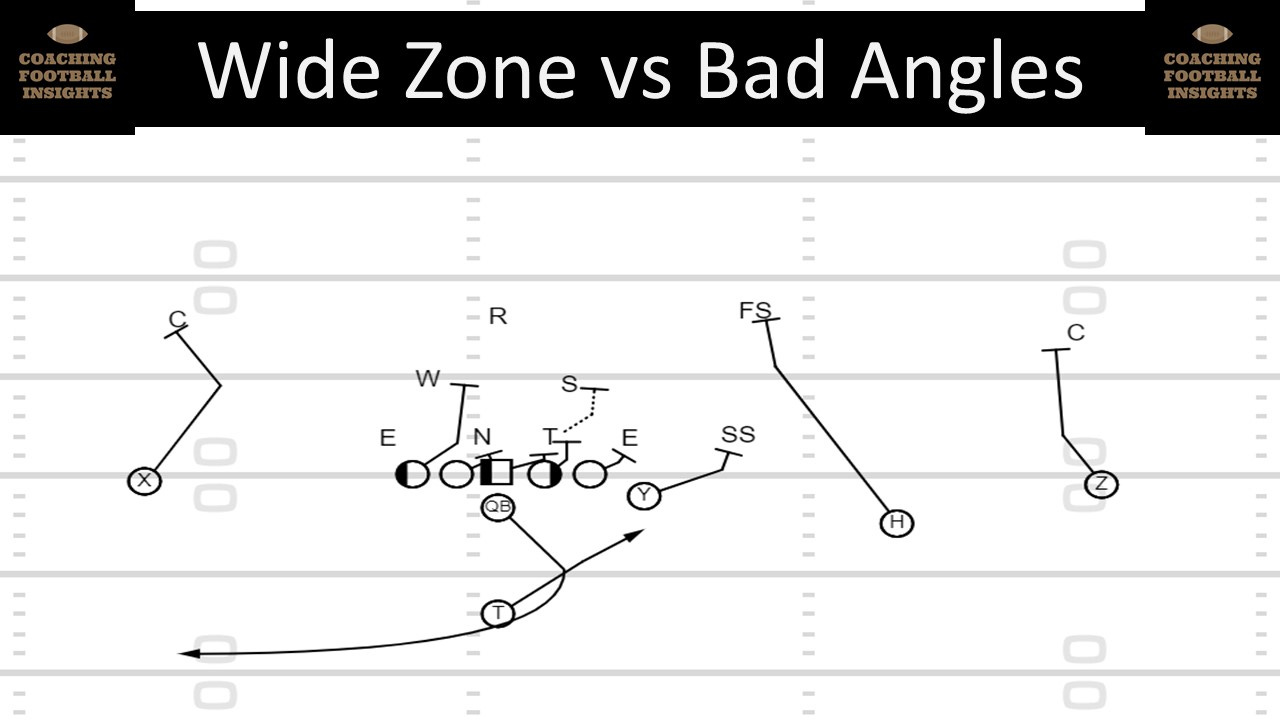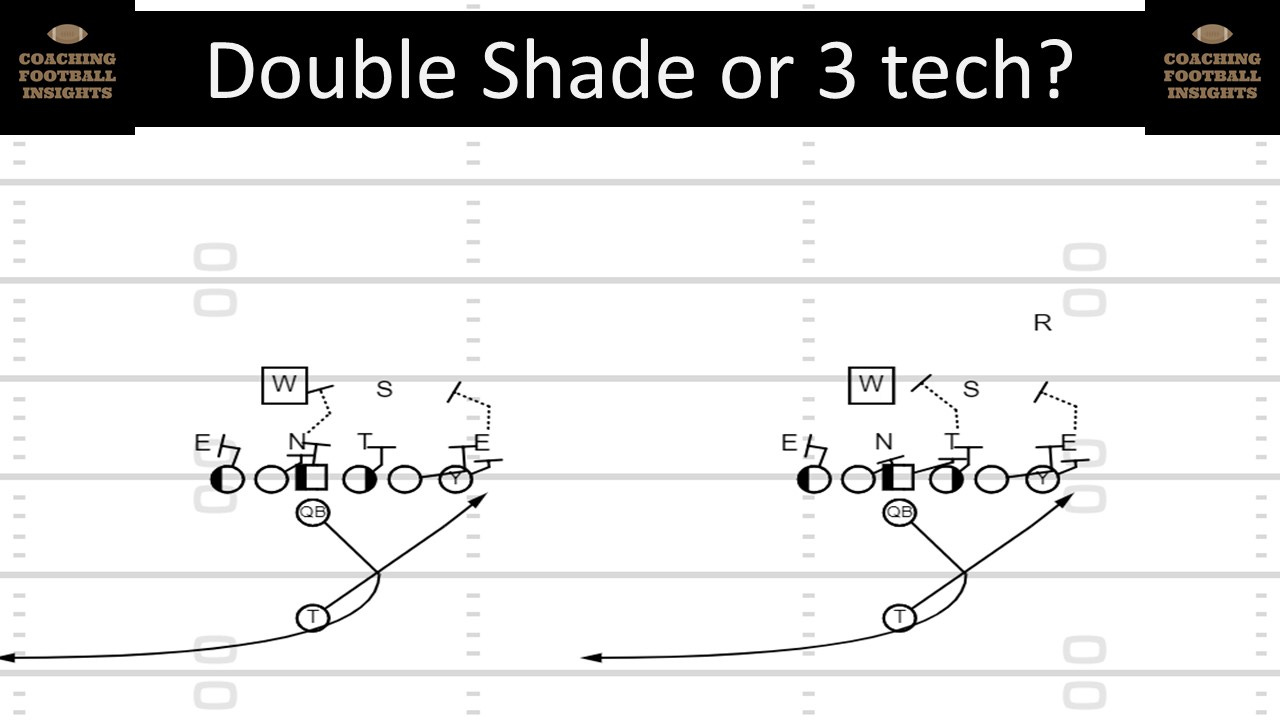Attacking the Over Front with Wide Zone
Using Wide Zone to defeat even front defenses.
Now that we have the basics down, we must fit the rules to fronts. Covered/uncovered forms the foundation, but the offensive line must understand how that fits the fronts. We will start with how to attack over fronts.
For now, we are sticking to 11 personnel runs. We will later dive into 12 and 21 personnel. Those looks add another set of tags and ways to fit the defense.
Terminology
For clarification, 18 is Wide Zone right, and 19 is Wide Zone left. There will always be a tag that tells the line how they are blocking the front.
The goal of this system is to try and create most of the answers through the Wide Zone play. Where most systems rely on complementary runs, this system utilizes different personnel packages, formations, and tags to answer problems. Now there are still a few complementary plays, but the bulk comes from Wide Zone itself.
Mike declaration
I’m sure you’ve heard quarterbacks mic’d up calling out who the “Mike” is. In the Wide Zone system, the center is declaring the Mike. This is an imperative part of the process because it sets all of the combinations for the entire play, and allows the line to know which backers they are responsible for, and which lineman they are working in combination with.
Wide Zone Strong
Wide Zone strong tags alert the offensive line they are working with a tight end. This allows the center to make the correct identification of the “Mike.”
Problems Attacking the Over Front
Coaches’ biggest mistake is simply putting the covered/uncovered rules in, and start going. It is crucial to understand that angles still play a role in the success of this play.
In the picture above, you see everyone is blocked and accounted for on paper. The problem is that the angles here are not ideal. You are asking your center and left tackle to block linebackers that have the advantage alignment-wise. Not to mention, the advantage athletically. This play could work, but there are better ways to block this front.
Missouri struggles to get to either linebacker here. The uncovered center and left tackler are both at a disadvantage pre snap.
It would be best if they gained angles on the double teams. To consistently gain more yards when facing an over, you must let your tight end help block box defenders. The two tags to do this are Support and Box.
When attacking the over front, coaches have a dilemma. The covered/uncovered rules dictate you should double team the 3 technique, but a backside shade can wreak havoc on the play if not handled. A coach must decide what fits their team best. It may be a situation that changes depending on the defensive personnel. Can your backside guard cut off the shade? Can your play side guard handle the 3 technique by himself? Who is the more important defender to double? These are questions a coach needs to answer when they implement this attack.
Keep reading with a 7-day free trial
Subscribe to Coaching Football Insights to keep reading this post and get 7 days of free access to the full post archives.





